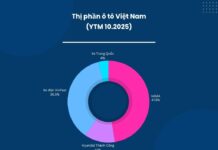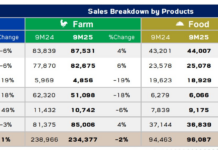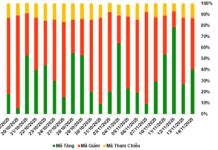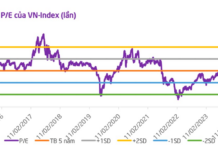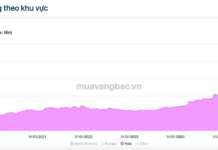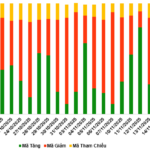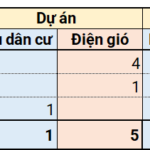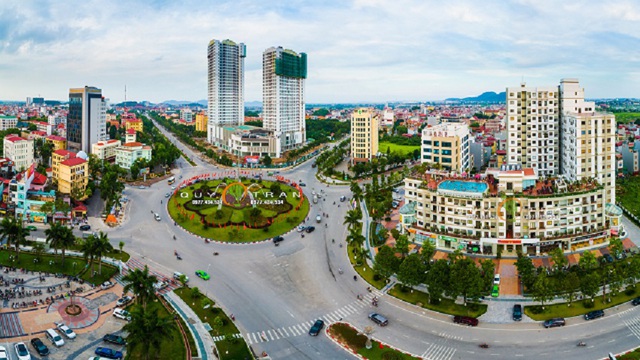
Among these, three of them are centrally-governed cities: Hải Phòng (since 1976), Đà Nẵng (since 1997), and Cần Thơ (since 2004).
In recent times, the Prime Minister has approved a series of provincial development plans for the 2021-2030 period, with a vision towards 2050. As part of this, an additional five provinces from the top 10 smallest provinces in the country are being directed towards becoming centrally-governed cities, with only Thái Bình and Vĩnh Long falling outside this list.
Specifically, the aim is for Bắc Ninh (the smallest province in the country) to become a centrally-governed city by 2030. Furthermore, the province will be the dynamic economic and cultural center of the northern region, one of the most developed areas in the Red River Delta, closely connected to the capital city of Hà Nội, with well-developed and modern economic and social infrastructure. The average annual GDP growth rate is expected to be around 8% – 9%. The average per capita GDP is estimated to be about 346.6 million Vietnamese dong.
Looking towards 2050, Hà Nam (the second smallest province in the country) is aiming to become a centrally-governed city—a smart, modern urban area; a high-tech industrial and technological hub, medical and healthcare, education and training, tourism, and commercial services center of the Red River Delta region. In terms of economy, the goal is to strive for an average annual GDP growth rate of 11.2% in the 2021-2030 period. The average per capita GDP is expected to exceed 230 million Vietnamese dong.

Meanwhile, for Hưng Yên (the third smallest province in the country), on December 12, 2023, Mr. Trần Quốc Văn, Deputy Secretary of the Provincial Party Committee, Chairman of the Provincial People’s Committee, shared information on the development plan for the locality. According to Mr. Văn, the plan is to build Hưng Yên into a centrally-governed city by 2037, with documents currently being submitted to the Prime Minister for approval. Significantly, the province aims to have three districts—Hưng Yên City, Văn Giang, and Văn Lâm—by 2030.
As for Vĩnh Phúc (the fourth smallest province), the aim is to meet the criteria of a first-class urban area by 2030, laying the groundwork for establishing a centrally-governed city. After 2030, Vĩnh Phúc is expected to become a centrally-governed city encompassing the entire provincial territory. The province also aims for an annual GDP growth rate of 10.5% – 11% and an average per capita GDP of about 285 million Vietnamese dong.
According to the provincial development plan, Ninh Bình (the sixth smallest province in the country) is expected to become a centrally-governed city with a millennium urban heritage, creative city by 2030. The average annual GDP growth rate (compared to 2010) is projected to be around 9.2% in the 2021-2030 period. The province strives to be among the top 10 provinces and cities with the highest average per capita income in the country.
By 2035, Ninh Bình is set to become a centrally-governed city—a major center with a high brand value for tourism, cultural industry, heritage-based economy in Vietnam and the Asia-Pacific region…





